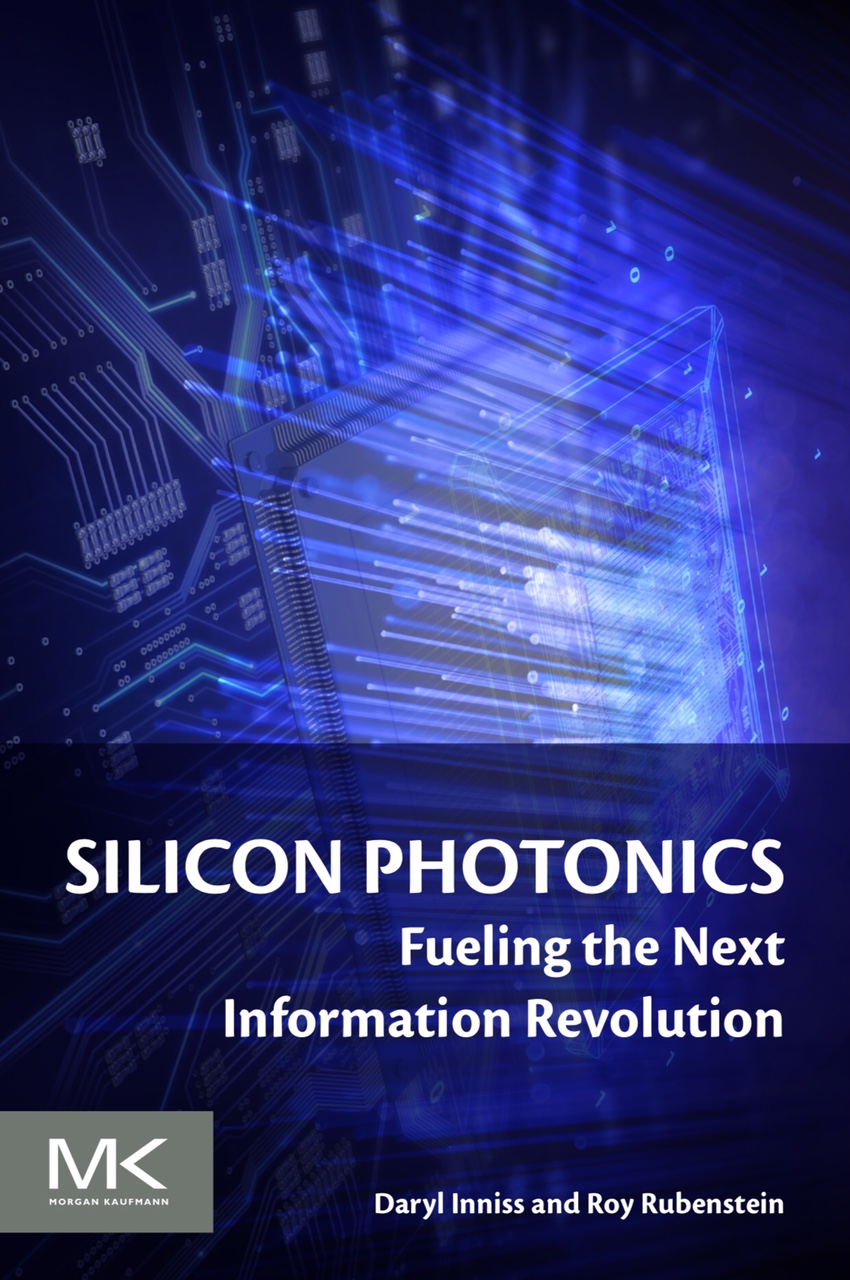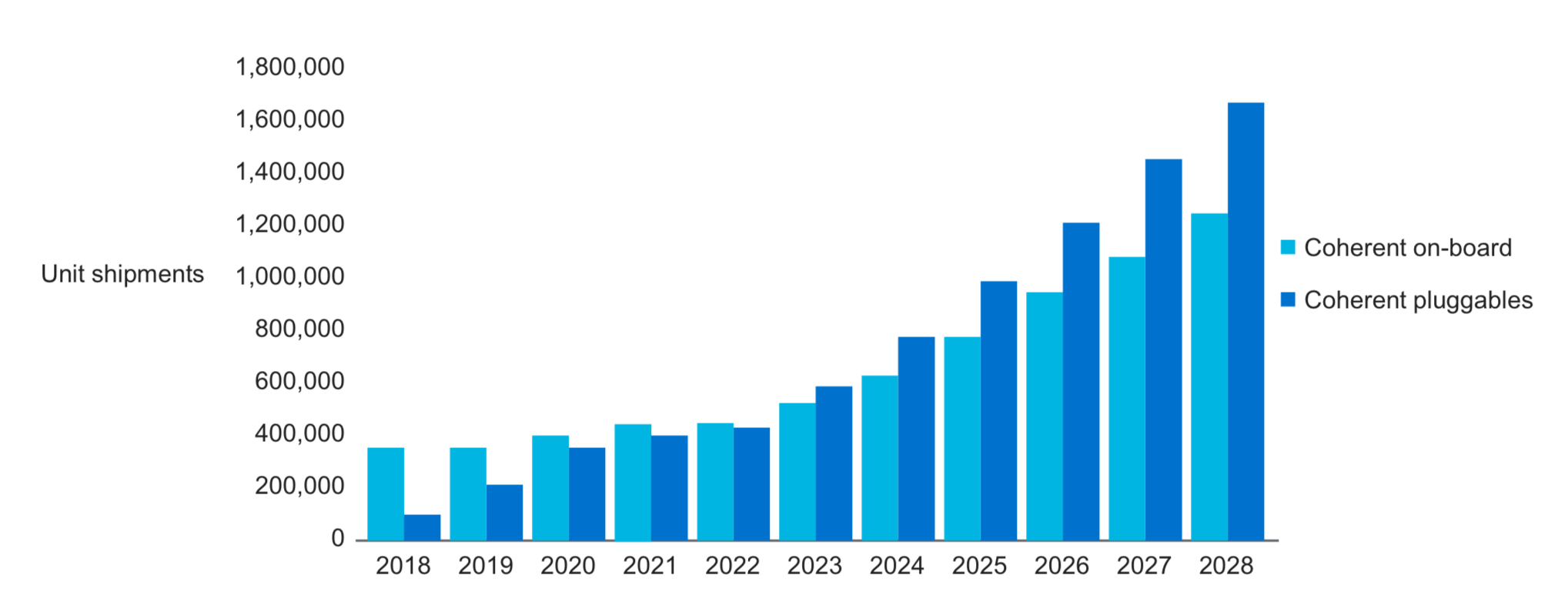Lumentum's optical circuit switch for AI data centres
 Saturday, June 7, 2025 at 12:21PM
Saturday, June 7, 2025 at 12:21PM Part 3: Data Centre Switching
The resurgence of optical circuit switches for use in data centres is gaining momentum, driven by artificial intelligence (AI) workloads that require scalable connectivity.
 Peter Roorda
Peter Roorda
Lumentum is one of several companies that showcased an optical circuit switch at the OFC event in San Francisco in March.
Lumentum's R300 switch connects optically the 300 input ports to any of the 300 output ports. The optical circuit switch uses micro-electro-mechanical systems (MEMS), tiny mirrors that move electrostatically, to direct light from an input port to one of the 300 output ports.
The R300 addresses the network needs of AI data centres, helping link large numbers of AI accelerator chips such as graphics processor units (GPUs).








